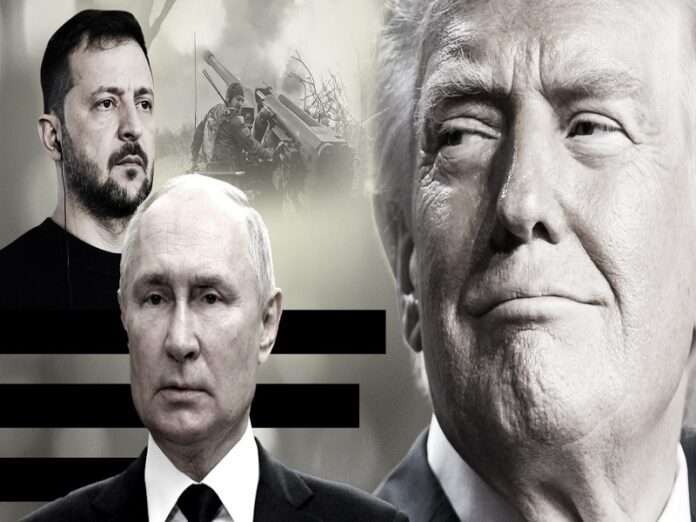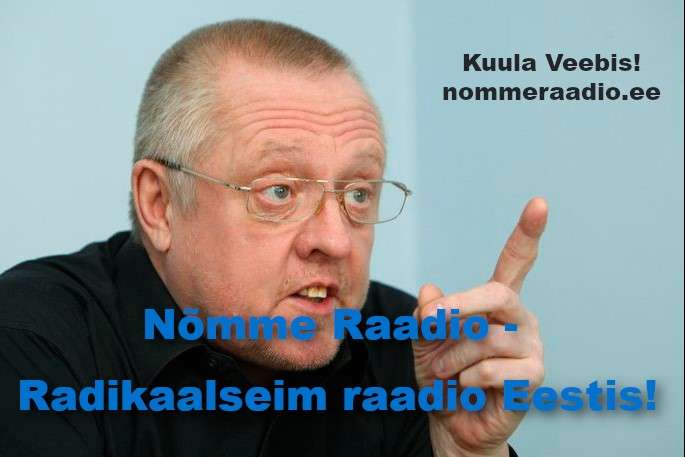Trump’s Special Envoy for Ukraine and Russia Keith Kellogg told Reuters that he’d like to see Zelensky hold parliamentary and presidential elections, though that outlet’s sources in Kiev claim that Washington has yet to formally request this of him. Ukrainian law stipulates that they can’t be conducted during times of marital law, ergo the need to first lift it. That won’t happen without a ceasefire, however, but therein lies the problem since Russia’s terms for such are unacceptable for Ukraine.
Putin said last June that Russia will freeze hostilities only after Ukraine withdraws from all the territory that his country claims as its own and declares that it no longer wants to join NATO. Negotiations can resume immediately afterwards, but he specified at the time that they’d have to be held with the parliamentary speaker instead of Zelensky, whose legal term expired at the end of May per Putin’s reading of the Ukrainian Constitution. He then reiterated this position last week but added a twist.
According to him, Zelensky could still hypothetically participate in negotiations, but he’d be powerless to sign anything. This followed Zelensky claiming that October 2022’s prohibition on talks with Russia applied to everyone but himself. He then told the Associated Press over the weekend around the same time as Kellogg’s interview with Reuters that he’s interested in resuming talks with Russia but doesn’t think that it wants a ceasefire. Amidst these statements from Kellogg, Putin, and Zelensky were Trump’s.
He claimed that “We’re having very serious discussions (with Russia) about that war, trying to get it ended”, but said that he hadn’t yet talked to Putin about it, thus implying that talks are only taking place at the embassy level. Russian Deputy Foreign Minister Sergey Rybakov confirmed on the same day that “there is no progress” on organizing those leaders’ upcoming call. Nevertheless, their inevitable conversation will likely concern a ceasefire, and particularly the compromise that Trump hopes to broker.
This could see him proposing the following to Putin: 1) Ukraine withdraws from Kursk and Donbass, the latter of which is at the center of the territorial dispute with Russia, but stays where it’s at everywhere else; 2) Neither side rescinds their territorial claims to the other; 3) a carrot-and-stick approach is applied towards Russia and Ukraine for ensuring compliance with the ceasefire; 4) Ukraine then holds its next elections; and 5) the new government enters into peace talks with Russia after assuming office.
Ukraine can be coerced into agreeing to this by threatening to withhold military aid from it while threats of maximally disbursing such to Ukraine alongside the imposition of maximum secondary sanctions against Russia’s top energy clients (China and India) could coerce it into compliance as well. As an incentive to Russia, which has been steadily advancing for the past two years, the US might agree to demilitarize the “trans-Dnieper” region and place it under the control of non-Western peacekeepers.
That proposal forms one of the two dozen compromises that were shared at the end of this analysis here and was elaborated on in detail here. Its full implementation or some variation thereof might ultimately prove pivotal in terms of getting Russia to agree a ceasefire without Ukraine first completely complying with the terms that Putin shared last June as regards withdrawing from all the territory that his country claims as its own. Trump’s negotiators would therefore do well to seriously consider this proposal.
If they get Ukraine and Russia to agree to a ceasefire, then the previously mentioned threats could remain as sticks for encouraging compliance while the carrots could include more reconstruction aid to Ukraine and phased sanctions relief for Russia, thus increasing the odds that it holds. As part of the perks for Russian compliance, the US might even agree to let the EU resume pipeline gas imports from Russia, whether via the remaining undamaged part of Nord Stream and/or across Ukraine if it gets Kiev to agree.
As for the subsequent election step in this process, there US might prefer for Zelensky not to run for re-election otherwise it could back one of his potential opponents as part of a “phased leadership transition” for facilitating a peace deal, which is premised on Putin wanting him out of the way. Between the hypothetical ceasefire and the next elections, Zelensky might still participate in talks, but Russia wouldn’t allow him to sign anything so he’d only take part in them for self-serving political reasons.
In any case, the legal changes that Russia’s declared goals of restoring Ukraine’s constitutional neutrality and denazifying its society entail can only be advanced after the elections legitimize a new parliament, which could then bring these about under US pressure (the second goal perhaps only partially). Prior to that, the size of the armed forces could be curtailed in partial compliance with Russia’s demilitarization goal as a trust-building measure, but Russia’s spring 2022 demands might not ever be met in full.
As can be seen, Trump’s plan to broker a ceasefire between Ukraine and Russia mostly depends on the second’s agreement since the first can be much more easily coerced into this, thus necessitating pragmatic compromises that satisfy some of Putin’s ceasefire demands from last June. This could take the form of forcing Ukraine into withdrawing from Donbass, seriously considering a demilitarized “Trans-Dnieper” region controlled by non-Western peacekeepers, and promising phased sanctions relief.
Putin might agree to these terms if they’re accompanied by threats of maximally disbursing military aid to Ukraine alongside the imposition of maximum secondary sanctions against Russia’s top energy clients (China and India). He’s continually proven his preference for avoiding escalations, notably reaffirmed last November through Russia’s unprecedented use of the hypersonic Oreshniks for de-escalation purposes vis the US, while a sizeable share of Russia’s budgetary revenue is dependent on Asian energy imports.
These factors would work in Trump’s favor if he proposes the ceasefire terms that were discussed together with the threatened consequences if Putin rejects them. The path to peace will predictably be paved by a ceasefire, which will itself likely require some territorial concessions on Ukraine’s part in order for Putin to agree to compromise on his associated demands, then new elections can be held for legitimizing peace talks. This is the most realistic sequence for diplomatically ending the conflict.







